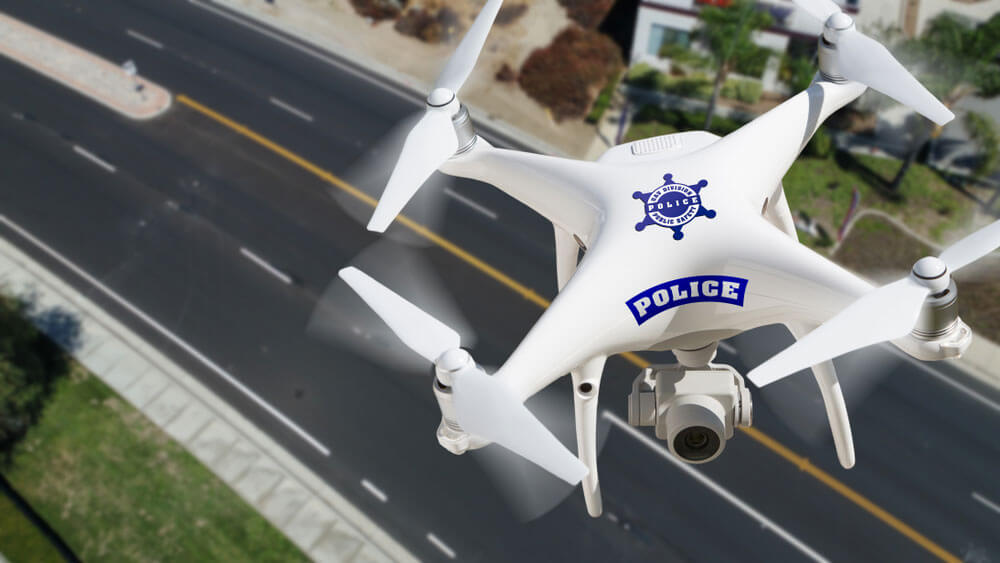By: Jason Day, AG Public Safety Ambassador
Over the past decade, the use of unmanned aircraft systems (UAS) as “Drone as a First Responder (DFR)” has become integral to public safety operations. However, current DFR models face many challenges. A paradigm shift to Drone-as-a-Service (DaaS), a shared model across multiple agencies and disciplines, could further transform how emergency services operate by offering a more efficient, cost-effective and scalable model for drone deployment.
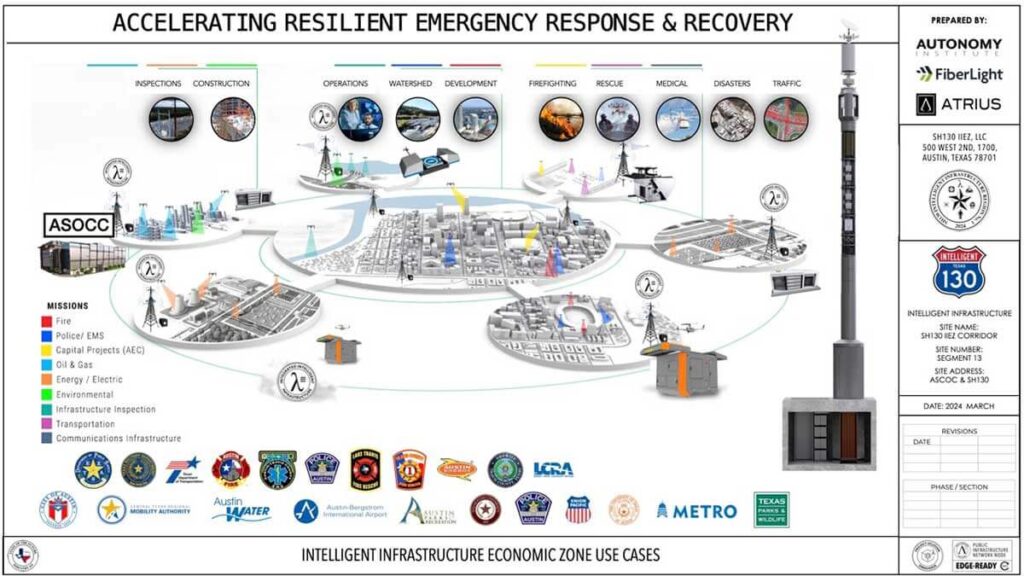
The Evolution of Drone Technology in Public Safety
Initially deployed in Chula Vista, CA, the concept of DFR has gained significant traction nationwide by offering near-instant aerial response for emergencies.
Widespread Benefits
From law enforcement to firefighting, drones have enhanced the capabilities of first responders and provided crucial aerial support with far-reaching benefits including:
- Real-time Data: improved decision-making through immediate access to high-resolution imagery
- Large-Scale Coverage: cover vast – and hard to reach – areas quickly
- Enhanced Safety: reduced risk to human responders in hazardous situations
These benefits have inspired the use of drones across a wide range of public safety applications.
Rapidly Expanding Use Cases
The use of drones in support of public safety continues to grow:
- Incident Awareness: drones equipped with high-definition cameras and thermal imaging provide real-time aerial views of incident scenes.
- Accident Investigations: in crash and crime scene investigations drones rapidly provide law enforcement agencies with critical data that saves time and keeps roads open for the public.
- Search and Rescue (SAR): real time aerial data translates into significantly reduced response time and increased chances of successful rescues of missing persons.
- Wildfires: drones can also map the spread of wildfires, identify hot spots and provide crucial data to firefighters on the ground. This improves the effectiveness of firefighting efforts and enhances safety for all involved.
- Disaster Response: in the aftermath of hurricanes, earthquakes or floods, drones support rapid and effective disaster response. They can assist responders with damage assessments, SAR and logistical supply deliveries to hard-to-reach areas.
These represent but a few of the ever-increasing applications of drone technology in public safety. As good as DFR is, traditional models nevertheless face challenges.
Limitations of Current DFR Models
Traditional DFR often requires an agency to either outright buy, or contract out, a drone fleet and then position personnel on a rooftop to watch the drone when it deploys. This model has helped to save lives and resources. At the same time, it comes with limitations. These include:
- Inefficiency – single pilot and single drone operations are inefficient, expensive, and unsustainable.
- Lack of Scalability – traditional DFR operations lack scalability for large area operations and multi-agency responses.
- High Costs – the complexity of DFR operations require multiple layers of integration which can be expensive.
- Operator Fatigue – long-duration repetitive missions lead to fatigue and complacency among operators.
- Lack of Skilled personnel – safe, sustained, and complex operations demand experienced personnel, necessitating a large pool of skilled staff. As a result, low-altitude air assets are underutilized due to labor shortages.
A DaaS approach can provide several advantages over traditional DFR.
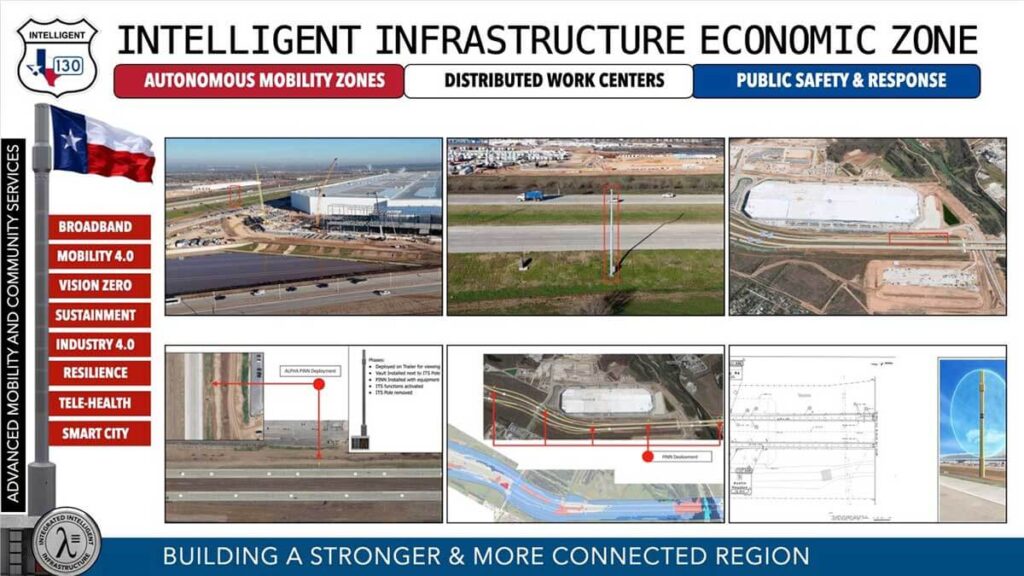
Introducing Drone-as-a-Service for Public Safety
DaaS represents a paradigm shift in how public safety agencies utilize drone technology. Instead of each agency maintaining its own fleet, DaaS promotes a shared model across multiple agencies and disciplines.
The DaaS Concept of Operations
Through public-private partnerships, drone-in-a-box (DIAB) solutions can be strategically placed across an entire jurisdiction or operating area. Each DIAB would be able to be leveraged by multiple agencies through autonomous, remotely operated systems.
This model requires a scalable and collaborative and holistic DaaS methodology, rooted in public/private partnerships, multi-agency cooperation and the implementation of a system of systems to address the various challenges and safety concerns.
To facilitate the remote access and deployment of UAS assets across a large sector, intelligent infrastructure is essential.
Intelligent Infrastructure: The Backbone of DaaS
Intelligent infrastructure integrates advanced technologies and systems into the physical and operational elements of both urban and rural environments, thereby enhancing efficiency, sustainability, and safety. This concept leverages sensors, data analytics, artificial intelligence (AI), and connectivity to create a responsive and adaptive network. It ensures reliable communications, airspace awareness and redundant power requirements at each DIAB location.
For widespread DaaS implementation, intelligent infrastructure must include:
- Smart Sensors and IoT Devices: deployment of Internet of Things (IoT) devices and smart sensors throughout infrastructure systems to collect real-time data on various parameters like traffic flow, air quality, energy consumption, and structural health.
- High-speed Connectivity Networks: implementation of high-speed, reliable communication networks (such as 5G and satellite-based systems) to ensure seamless data transmission and connectivity between devices, systems, and stakeholders.
- Automated Control Systems: integration of automated control systems to manage and optimize the operation of infrastructure components, such as traffic lights, energy grids, and water management systems.
- Advanced Airspace Awareness Technology: integration of AI based camera systems, remote id sensors and radar ensure that remote operators have a clear picture of the airspace around the aircraft. This is not only vital for the safety of the operation but is required under current FAA regulations.
This shift to a more interconnected environment allows public safety and first responders to leverage these technologies to utilize emerging technologies to their full advantage. These components ensure reliable communications, airspace safety and seamless integration of drone services into existing public safety frameworks and provide additional benefits.
DaaS Benefits
Public Safety DaaS represents a significant advancement in the tools available to first responders and public safety officials through:
- Cost-Effectiveness: agencies can avoid high upfront costs through subscription-based services; reduces the need for onsite personnel, lowering operational costs
- Scalability: enables the rapid and efficient expansion of drone operations across larger areas
- Improved Efficiency: enhances the ability to conduct continuous monitoring and data collection
- Expertise: service providers offer specialized expertise in drone operations, maintenance, and data analysis, ensuring that public safety agencies can focus on their core responsibilities.
- Flexibility: provides the capability to quickly adapt to changing operational needs and conditions.
- Enhanced Capabilities: leverages advanced technologies and integrated systems to provide more comprehensive and effective solutions.
Yet, as the saying goes, “You don’t know what you don’t know.” The DaaS concept is still a concept. As such, it harbors its own uncertainties.
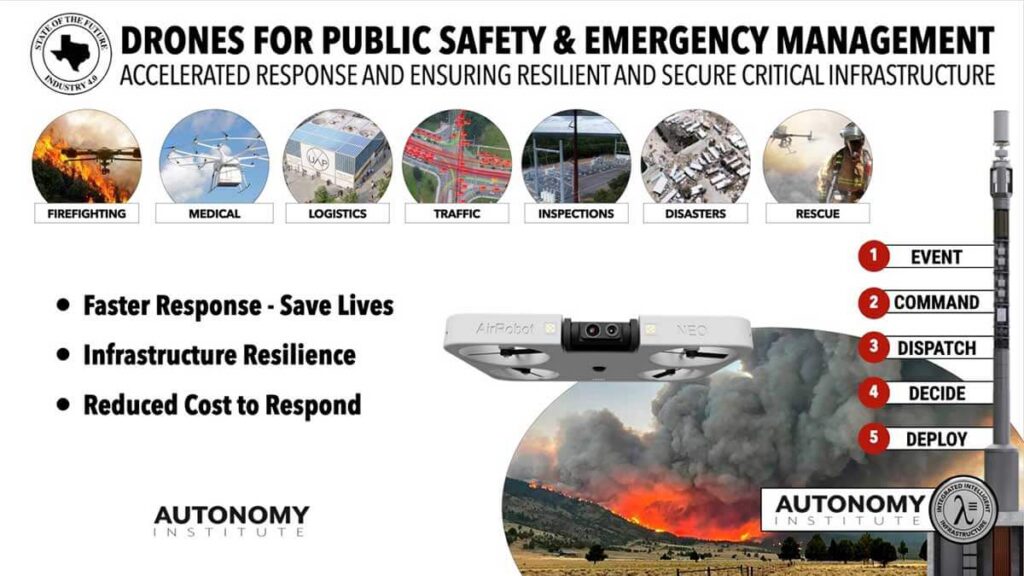
And Yet Still A Concept
Through discussions among all stakeholders about DaaS, several gaps have been identified. These span both the operational and regulatory realms.
Regulatory Compliance
Remotely operated DIAB solutions must navigate the regulatory requirements of 14 CFR § 107. For example, 14 CFR § 107.49 mandates preflight familiarization, inspection and actions for aircraft operation. Per 14 CFR § 107.15, the remote pilot is responsible for the aircraft’s airworthiness. When the aircraft is located across the city in a box, how can a thorough preflight inspection be conducted? While camera and sensor-based preflight mechanisms are continually improving, they will never fully replace the tactile inspection, especially of the propellers. This is but one regulatory issue that must be addressed for successful DaaS employment.
Operational Challenges
Operational challenges also exist. Mission prioritization among multiple agencies remains unresolved. If two agencies require drone access simultaneously, clear mechanism exists to determine which mission takes precedence.
Similarly, cost structure remains still undefined. How does one establish fair and sustainable cost structures? How will pricing work? Will it be based on utilization, be a flat rate or something in between?
Real world operational evaluations of the DaaS model should inform the answers to these questions and more.
The Future of DAAS Implementation
Until DaaS is employed in real-world operations, uncertainty around the concept will remain. One such innovative real world DaaS test bed being developed along the SH-130 corridor in Austin, Texas aims to prove its value.
Kicking Off DaaS in Austin
Through a partnership with the Autonomy Institute (AI), Ondas Autonomous Systems (OAS) and OAS’ subsidiary American Robotics (AR), ten strategically positioned drone zones will be established along the SH-130 corridor from Georgetown, TX to Austin Bergstrom Airport.
The Texas team will use a fully autonomous drone platforms and leverage existing infrastructure from companies like Amazon, DroneSense and Tesla to enable rapid deployment of DIAB, while finalizing intelligent infrastructure agreements.
According to Eric Brock, Founder, CEO and Chairman of Ondas Holdings, this initiative could represent the world’s first deployed drone infrastructure fleet for shared use by public and private sectors. “The Optimus System, a sophisticated DIAB platform designed for continuous 24×7 availability, “ he said, “will enable these drone zones to provide aerial security and inspection services to customers with various drone payloads.“
Chris Eyhorn, Founder and CEO of DroneSense, elaborated on the growth of DFR. “While we have long viewed Drone as First Responder (DFR) programs as the long-term solution for aerial emergency response, a combination of advancements in technology and regulatory frameworks has significantly accelerated adoption in recent years.”
If proven successful, this model has the potential to revolutionize UAS operations beyond traditional DFR models and public safety applications.
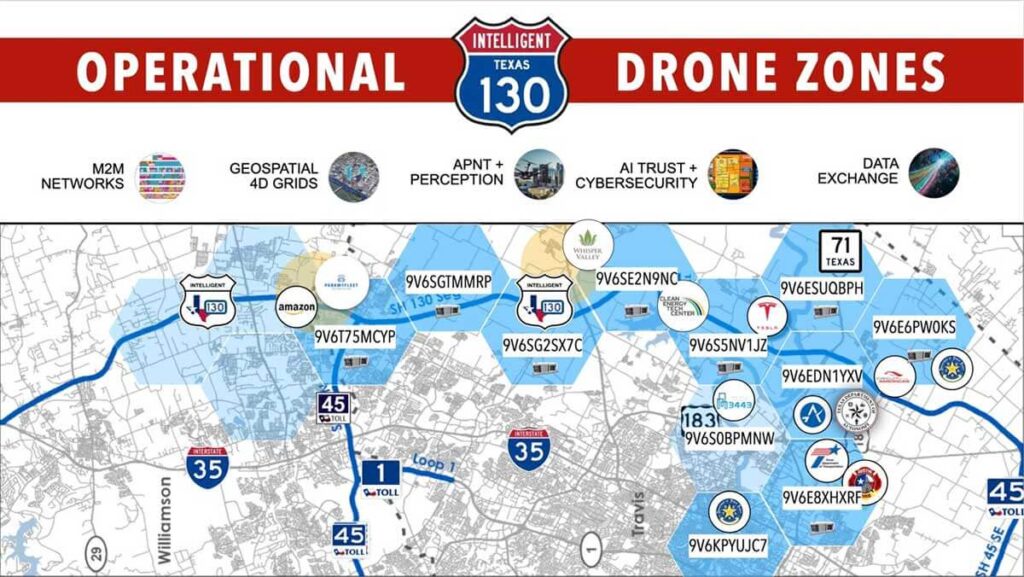
A Collaborative Future
In our interconnected world, the concept of a siloed public safety UAS program is due for evolution. Government agencies must embrace new ideas and private sector partnerships to stay ahead of technological advancements or risk obsolescence. The future of public safety drone operations will rely on innovative partnerships between government agencies and the private sector through DaaS. This new model can offer scalable, efficient and cost-effective solutions essential to not only expand public safety UAS programs and provide better support for the citizens they protect, and to shape the safer, smarter and more responsive communities of tomorrow.
By: Jason L. Day

